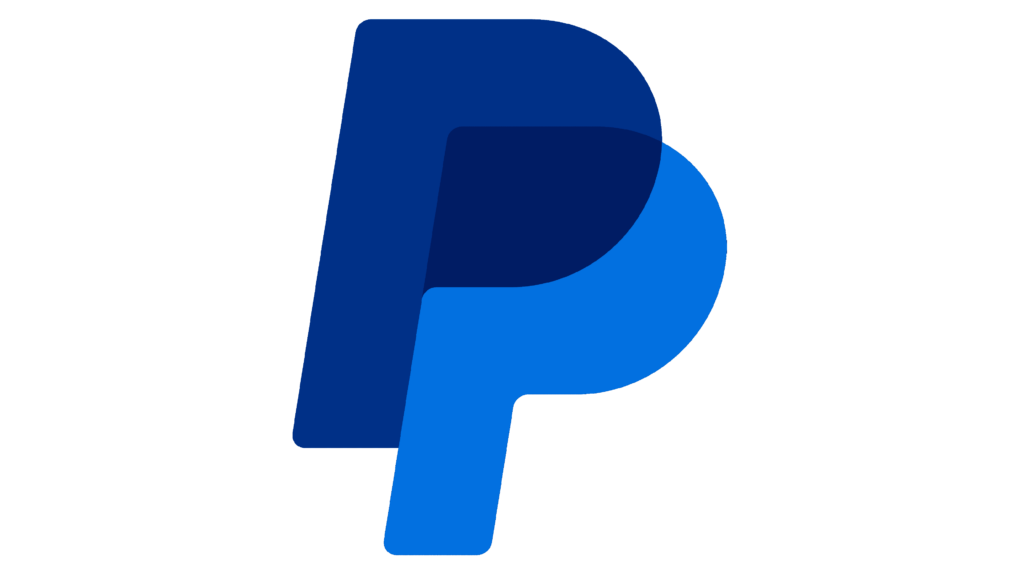PayPal Logo
Tags: payments | purchases | transfer systems
PayPal is one of the most popular international payment and transfer systems that allow anyone to engage in global trade on various platforms and opens up more and more new opportunities for both buyers and businesses. With PayPal, users can make purchases on eBay, Amazon, and any other online store. Also, this electronic payment system allows making fast money transfers between PayPal accounts or bank accounts supported by the platform around the world.
Meaning and History
PayPal, which was originally known as Confinity, was created in 1998 by Peter Thiel, Max Levchin, and Luke Nosek. The current global leader in online payments, PayPal, emerged in early 2000 as a result of the merger between Confinity and X.com, which was created by Ilon Mask. Over time, it has become a giant of Silicon Valley. In 2002, PayPal was acquired by eBay. On July 20, 2015, though, PayPal began trading on the NASDAQ, separate from parent eBay.
What is PayPal?
The PayPal company allows businesses and individuals to receive and make payments in a great variety of currencies in most countries around the world. In order to make the payment process simpler, it also provides a wide range of product and service options. As it works to enhance its services and maintain its position one step ahead of the competition, PayPal is continuously looking for new possibilities.
1999 – 2000
This logo not only looks hand drawn but also has lots of dynamics. It was achieved by using a stroke that formed almost a complete circle and ended as a brush stroke. This technique was also used for the ends of the letters “P”. The center was white with a blue outline, while the ends had a splash of green olive. In the center, the logo had two flipped “P”s that were placed back to back.
2000 – 2007
The designers used a sans-serif Verdana Pro Bold Italic font, printing the name in white. Each character also had a thick blue outline that overlapped, connecting all the letters. The inscription was italicized and had sharp, pointed corners that gave the emblem a serious and bold touch. There were no other non-sense details as the company went a more conservative route to create a trustworthy brand image.
2007 – 2014
The company decided to remove the blue outline while making the characters themselves a blue color. It was a different shade of blue. Moreover, the name was split in two by color, with the first half being darker than the right side. In addition, they modified the font by rounding the corners, so it now looked more like Polaris Bold Italic font rather than Verdana Bold Italic. This made the platform appear more user-friendly, while the use of a blue color palette gave the company that professional and stable impression.
2014 – Today (International), 2014 – 2022 (United States), 2014 – 2023 (Canada & Europe)
The name of the company still featured two shades of blue, although a bit lighter. The company now used a different font, Filson Soft Black Italic, which also had sans-serif characters with rounded corners. Besides the wordmark, the logo now had an emblem on the left. The latter consisted of the two capital letters used to print the name. They slightly overlapped with the top darker “P” being higher. In addition, there was no white center, which created a more solid and clean image.
2022 – 2024 (United States), 2023 – Today (Canada & Europe)
2024 – Today (United States)
A huge surprise for the American market was the PayPal logo redesign of 2024. The iconic slanted inscription with a two-layered emblem was replaced by a plain and straight black wordmark on a white background with no additional elements.
Font and Color
With the exception of the first logo, the company went for italicized, bold font options. Initially, it resembled Verdana Bold Italic font and had sharp corners. In later versions, the designers used very similar fonts but with rounded corners.
From the very beginning, the company did not risk with the color choices and went for a blue-and-white color palette. Blue is considered a color of trust, reliability, and stability. This is exactly what users of a payment system want. The white color not only serves as a good base color but is also considered a color of perfection.








